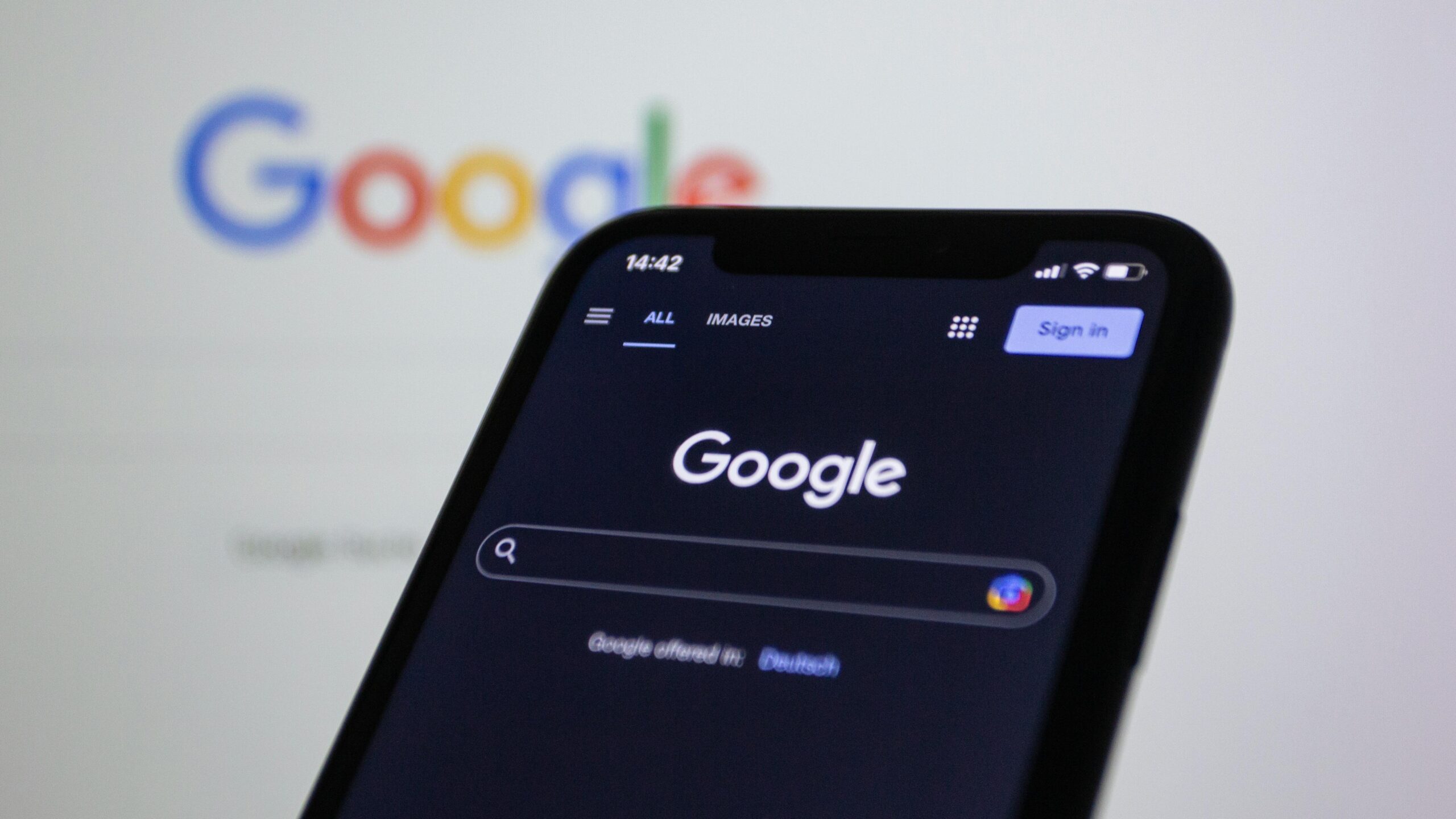
For its part, Google just made a big splash with a new workplace policy shift. They have moved to requiring all remote workers to come into the office three days a week in order to more effectively manage costs and improve overall operational efficiencies. This decision comes as the tech giant continues to adapt to an evolving market landscape, particularly in the wake of increased competition in artificial intelligence (AI).
Workforce Adjustments and Layoffs
At the end of 2022, Google had roughly 183,000 employees. That’s a drop from its high water mark of about 190,000 employees only two years prior. The major carriers are still in the process of trying to get their operations redefined. It’s folded its Android unit into its hardware group, headed by senior vice president and former Motorola owner Rick Osterloh. This consolidation is one of the many moves Google has made in recent months to improve collaboration and innovation throughout its various teams.
This month, their Google has laid off thousands across almost two dozen teams. This decision continues a recent wave of sweeping agency-wide layoffs that started earlier this year. Further unexpected news coming out of Google is that the company has introduced voluntary exit packages for full-time employees its Platforms and Devices group. This massive group includes gigantic hits such as Android, Chrome, Fitbit, and Nest.
Employees forced to decide between moving to a hybrid work schedule or taking a voluntary severance. The firm takes pains to stress that every team is responsible for its own decision-making. This method is much better than a blanket policy enforced organization-wide.
The changes directly affect employees already approved for remote work. This counts even for those who reside over 50 miles from an HQ. In order to be considered for the myriad of new roles the company is creating, they have to move to a hybrid model. For those who remain in remote positions but live closer to an office, Google is offering a one-time paid relocation expense to facilitate their move.
Google’s Commitment to In-Person Collaboration
This shift aligns with Google’s ongoing commitment to fostering in-person collaboration, which it views as crucial for innovation and problem-solving. Courtenay Mencini, a spokesperson for Google, stated, “As we’ve said before, in-person collaboration is an important part of how we innovate and solve complex problems.”
It’s also true that Google is doubling down on Connecticut AI investments. This strategy mirrors co-founder Sergey Brin’s comment that competition in the AI space has ramped up a hundred-fold. He emphasized the need for Google to “turbocharge” its efforts to maintain its competitive edge in the rapidly evolving tech landscape.
Despite the recent Google layoffs and workforce reallocation, Google has continued hiring across the United States and internationally. The company remains committed to enhancing its capabilities and maintaining a strong presence in the tech industry.
Author’s Opinion
Google’s shift to a hybrid work model reflects a practical response to the changing demands of the tech industry, aiming to balance efficiency with the need for collaboration. However, the simultaneous layoffs and restructuring raise important questions about the long-term impact of these decisions on employee morale and the company’s ability to retain top talent. The push for more in-person work aligns with industry trends, but the challenge remains in how effectively Google can maintain a culture of innovation while adjusting to these significant changes.
Featured image credit: Bastian Riccardi via Pexels
Follow us for more breaking news on DMR
